Business Law Report: Analysis of ATO, High Court and Tax Law
VerifiedAdded on 2020/03/04
|5
|907
|143
Report
AI Summary
This business law report analyzes the role of the Australian Taxation Office (ATO) as an executive body within the Australian legal system, focusing on its responsibilities in tax administration and revenue collection as defined by the TA Act 1953. The report examines a case involving Ms. Anstis, where the ATO denied a tax deduction, leading to a Federal Court ruling in her favor and an appeal to the High Court. The report delves into whether the ATO makes law, concluding it formulates rules and regulations under the taxation system but does not make statutory enactments. Furthermore, the report explores the interaction between the legislature, executive (ATO), and judiciary (Federal and High Courts) within the separation of powers doctrine, highlighting the judiciary's role in checking the executive's powers. Finally, it discusses the significance of the High Court's decision in terms of its impact on tax law application within Australia. The report references several academic sources to support its analysis.
1 out of 5
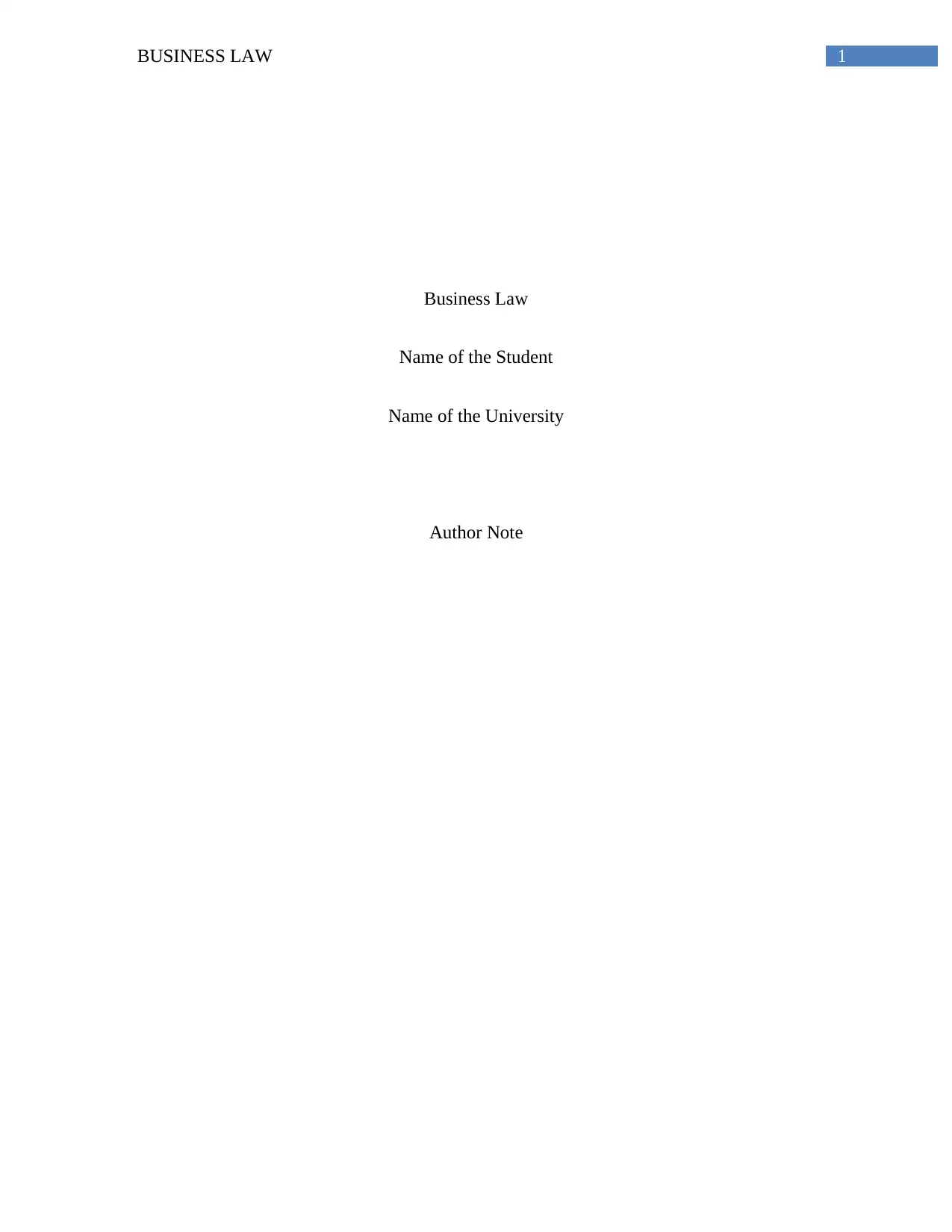
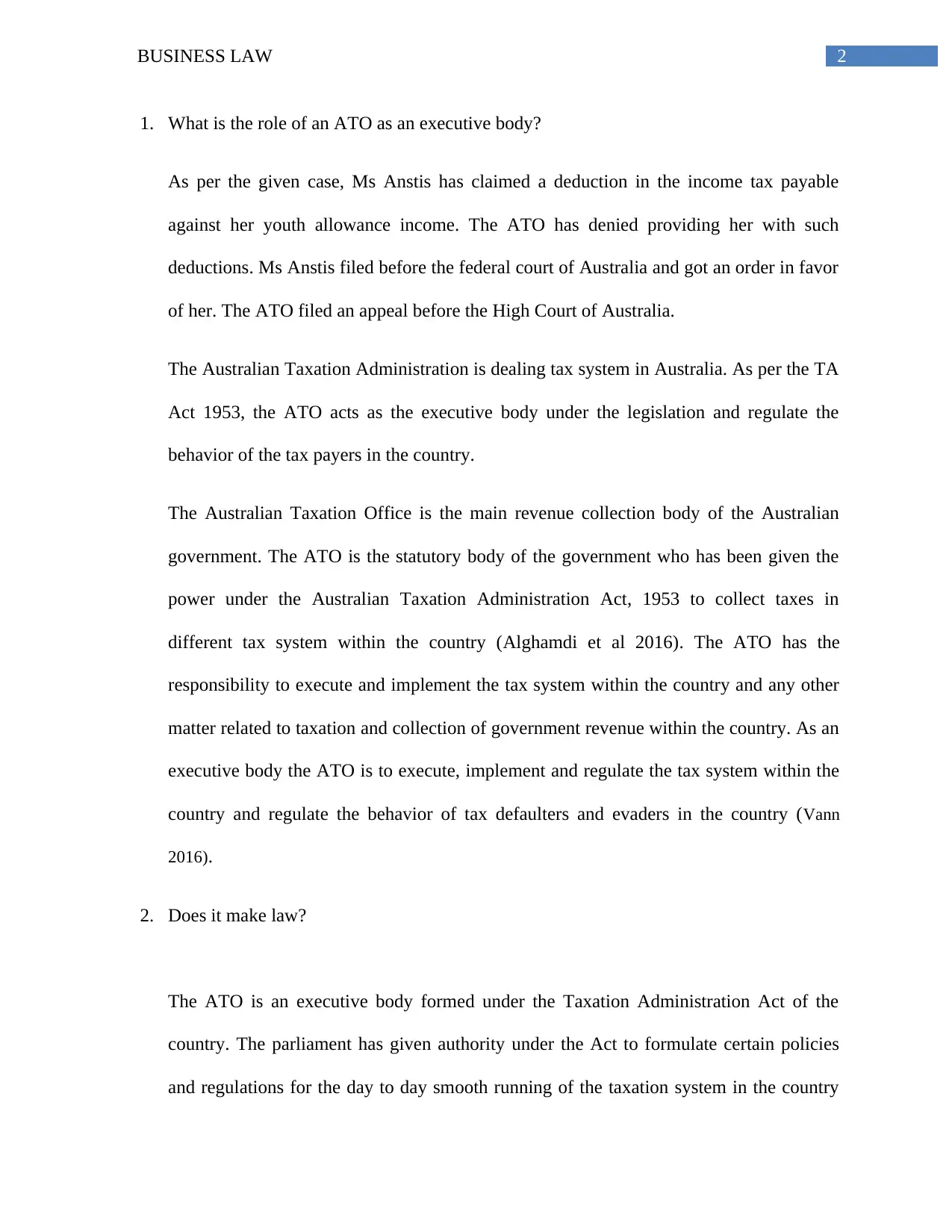
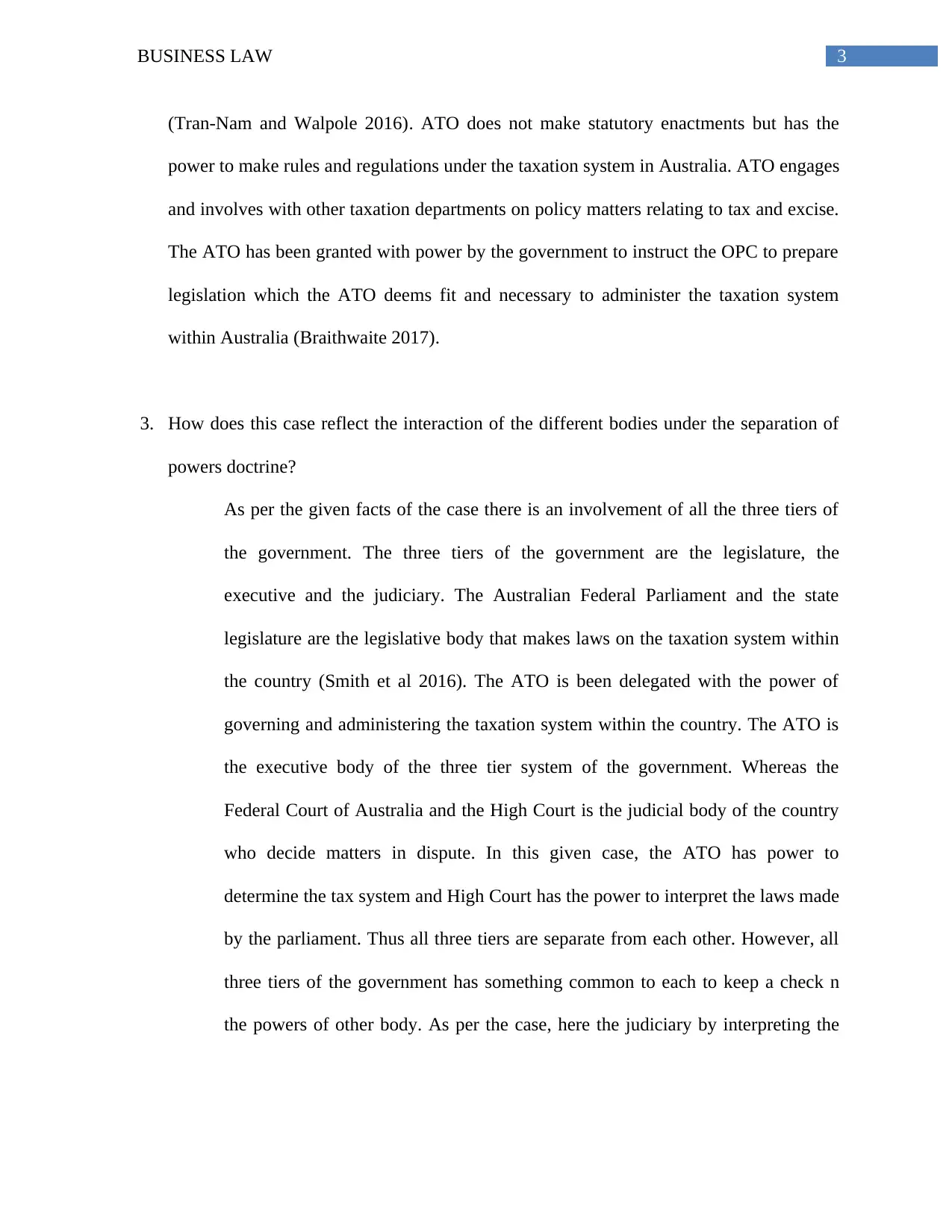

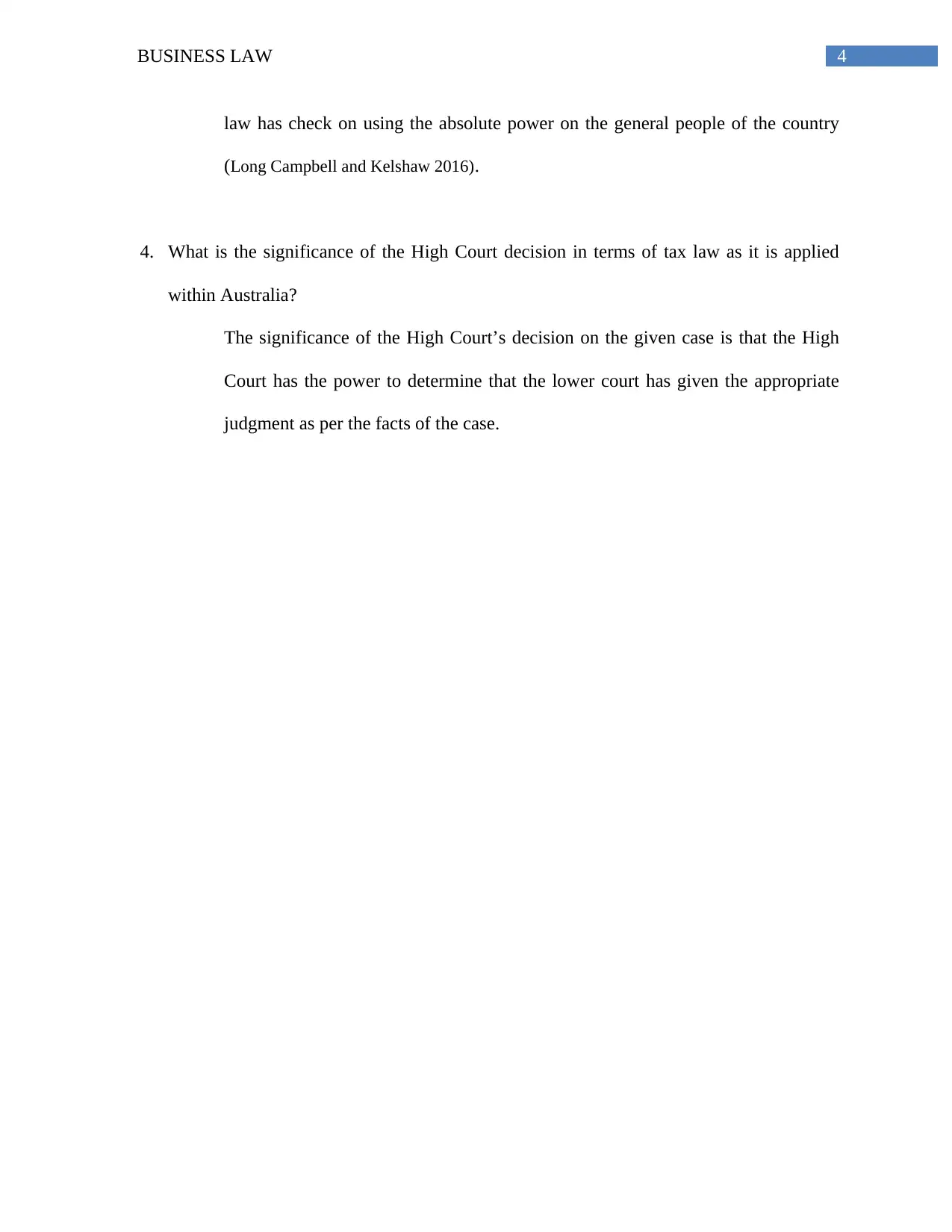
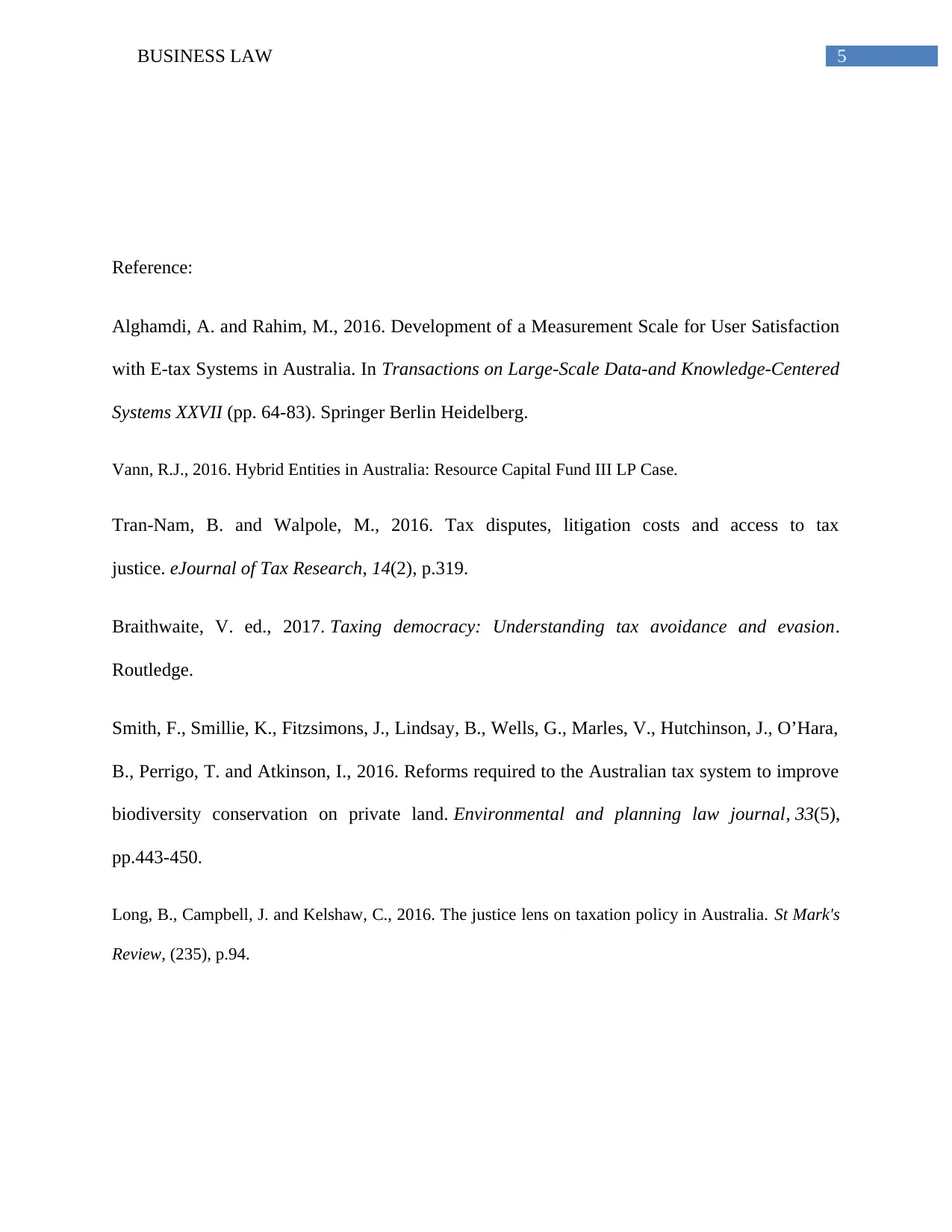





![[object Object]](/_next/static/media/star-bottom.7253800d.svg)